I kan’t Ikat…Kan U?

Peregrina's Journey
Peter and Margie Benziger
Sat 24 Sep 2011 13:46
I kan’t Ikat…Kan U?
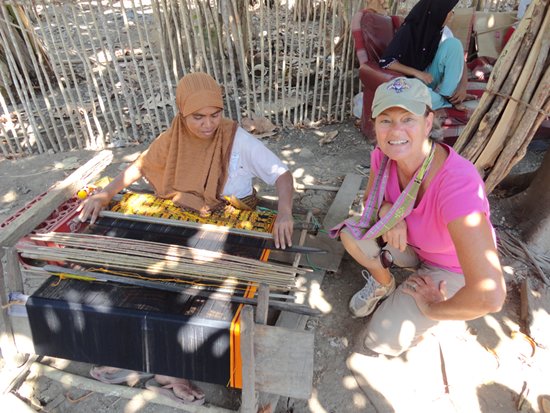
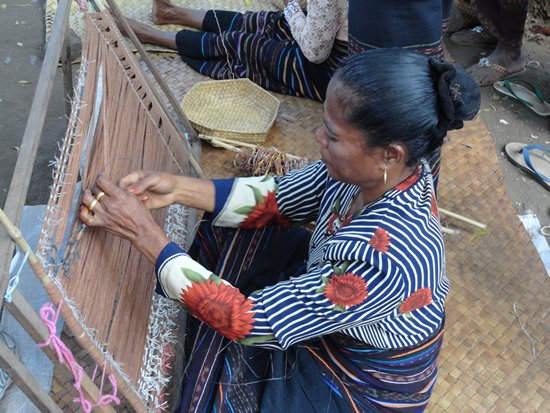
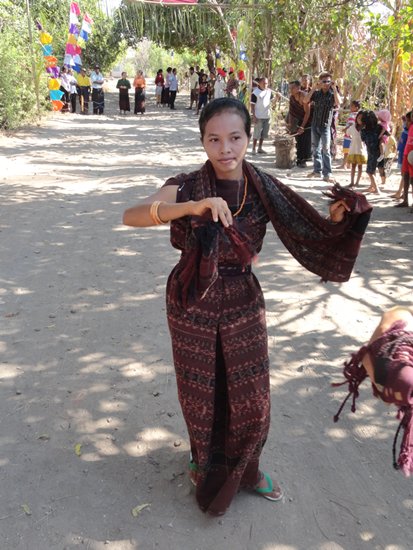
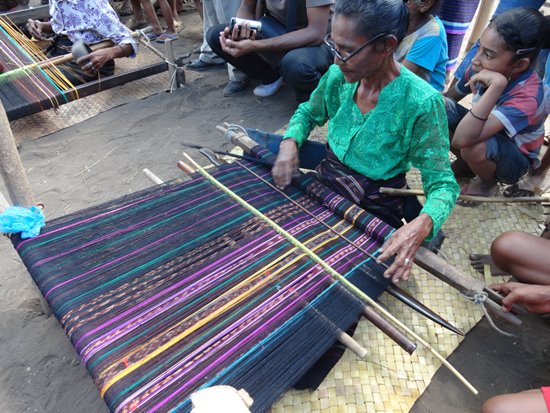 Here you will see Peter with some young dancers dressed in the more vibrant colors including gold.
Here you will see Peter with some young dancers dressed in the more vibrant colors including gold.
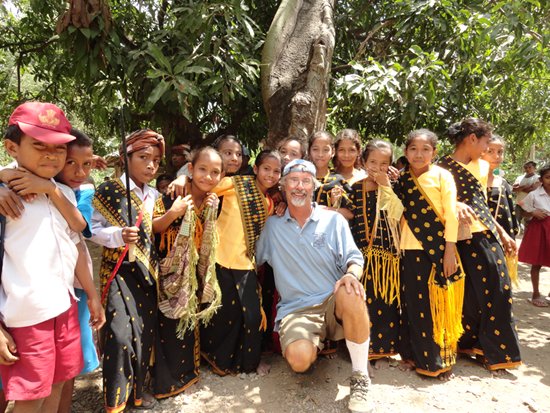
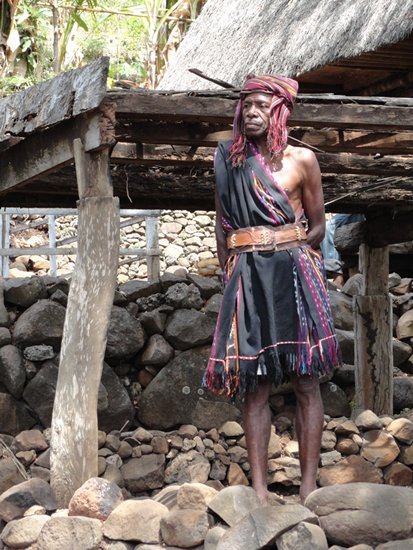
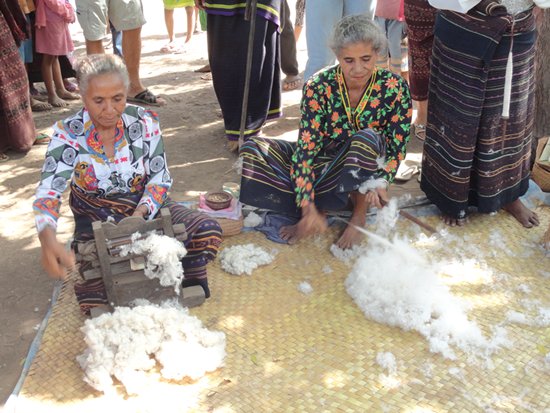
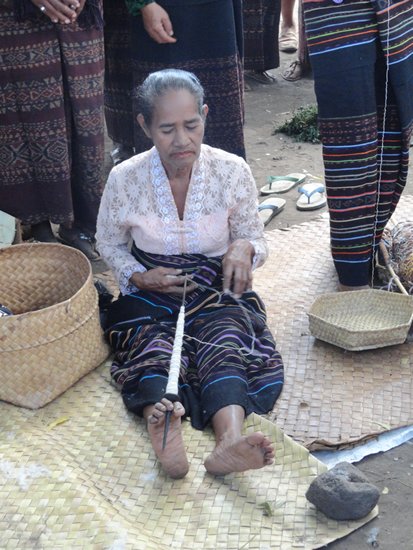
As Peregrina
traveled though the eastern part of Indonesia, we stopped at many small
villages. In most villages we saw women
sitting on the ground weaving Ikat.

The art of
making Ikat in Indonesia is estimated to be over 2000 years old. The Indonesian word Ikat means to tie or to
bind. The Ikat technique refers to the
intricately patterned cloth of threads that are tie-dyed before being woven
together. The actual weaving is
incredibly complex with woman selecting individual threads using their long
finger nails. This is highly skilled artwork and incredibly labor intensive.

The really
neat part of Ikat is that styles and colors and patterns vary from village to
village. In some of the small islands,
in the far east of Indonesia, all the colors were very earthy. The dancers in the villages were dressed in
these earth tones (shades of brown) and the dances were associated with
planting and harvesting crops. These
earthy colors are quite complex colors to create and result in a rusty color
known as Kombu which is produced from the bark of the Kombu tree.

Traveling
westward, we began to see bright blues, purples and golds which were much more
vibrant. Blue dyes come from the indigo plant.


In certain
very rural villages you will see a very distinctive pattern that clearly
identifies the wear as coming from a particular clan.

Ikat is made
from natural cotton. Once it is harvested the cotton is spun with a spindle.
The thread is then strengthened by immersing it in baths of crushed cassava or
rice or maize and then threaded onto a winder.


Ikat styles
and colors vary by village so the key is the coloring process. In each village
you can see them preparing the natural colors used in their particular process.
Some sections are first tied together with die resistant
fiber so that they dye does not color that section. Thus the dyer has to work
out in advance which parts of the thread will receive color in order to create
the intricate patterns seen in the final weaving. I would need a computer and a micrometer (electronic
measuring device) to plan this ... but these woman do it all in their head!
---------------------------------------
For more
updates see our blog at http://blog.mailasail.com/peregrina